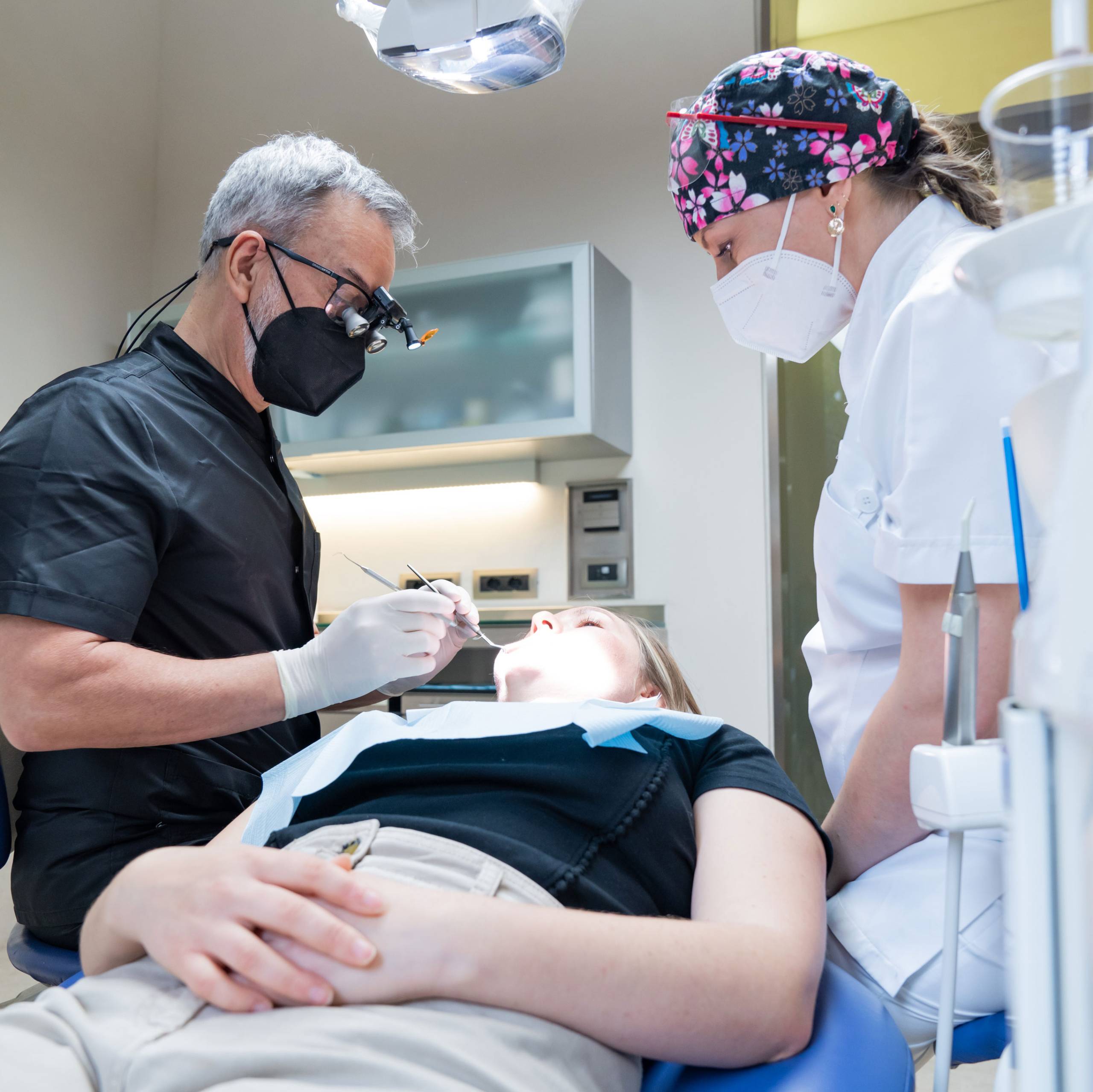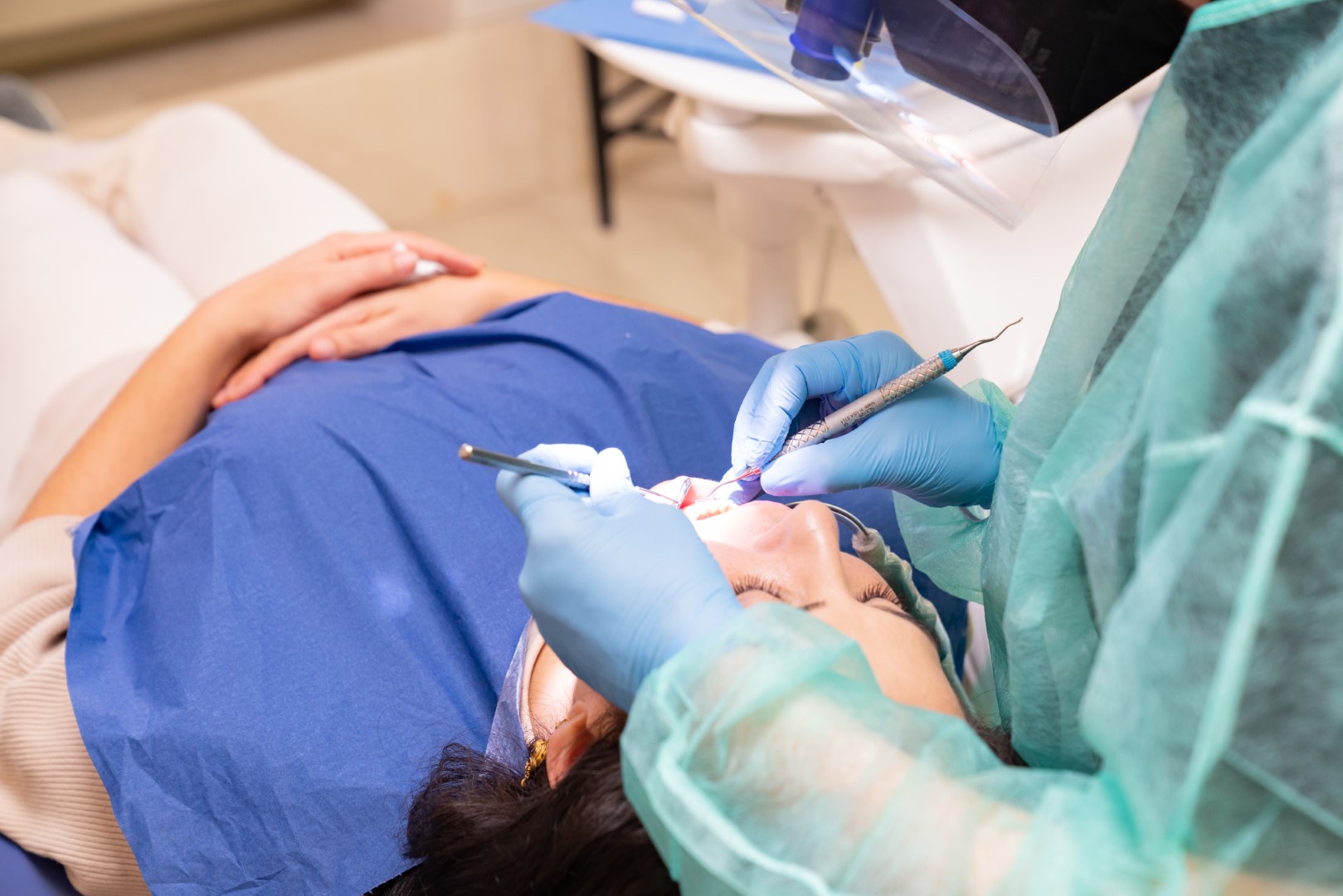Over the last few years, the number of dental patients treated with osseointegrated implants has increased exponentially. Although the clinical success rate is very high, it exceeds 94% in well-treated cases, and the number of patients complaining of problems related to implants or the overlying prosthesis is considerable. Clinical issues related to implant-prosthetic devices can be distinguished into complications and failures.
We speak of complications when these problems can be treated by saving existing implants and prosthetic restorations, or at least most of them, safeguarding the alveolar bone and peri-implant gingival tissues.
Instead, we speak of failures when the problem has irreversibly damaged the alveolar bone supporting the implants and the peri-implant gingiva or has produced catastrophic fractures affecting the implants or prostheses anchored to them. Implant-prosthetic complications and failures can be biological, mechanical, aesthetic, or a combination of the abovementioned causes.
Biological causes that determine implant-prosthetic complications.
The most frequent cause of complication in the gum tissues is supported by a bacterial infection called mucositis. If not treated promptly, mucositis can evolve into peri-implantitis, causing a massive loss of alveolar bone and a failure of implant prosthetic therapy.
Biological causes that determine implant-prosthetic failures.
Periimplantitis is an infection of the bone and gum tissues that support the implant. The accumulation of bacterial plaque produces it. If not intercepted and treated early, it produces the loss of anchorage of the implant and an anatomical deficit that is often difficult to compensate for.
Mechanical causes that determine implant-prosthetic complications.
Some of the most frequent and easily solved mechanical complications without any permanent damage are:
Loosening of the connecting screw between implant and pillar.
Loosening of the connection screw between implant and crown.
Decementation of restoration (crown or bridge)
Fractures or chips of the aesthetic coating (porcelain) of the prosthesis


Mechanical causes that determine implant-prosthetic failures.
Constructive inaccuracies produce some of the most frequent mechanical failures: under-sizing prosthetic structures, overloads generated by occlusal inaccuracies, or para-functional forces not adequately considered in the design phase.
Implant fractures
Fractures of the connecting screws
Fractures of the prosthetic structure
Causes that determine aesthetic complications.
In some individuals, even when the implant and prosthesis are initially perfectly integrated, after a few years, the crown or bridge may be shorter than the adjacent teeth. The phenomenon called infra-occlusion is linked to the fact that implants do not follow bone growth or compensatory dental migration over time. The treatment consists in adapting the prosthesis to the new anatomical situation. Other causes of aesthetic complications can be:
Fracture of the aesthetic coating
Discoloration of the prosthesis and adjacent teeth
Light/medium gingival recessions
Incorrect placement of implants resulting in a longer length of the replaced tooth than adjacent natural teeth
Prosthetic restorations are incongruous in shape and color.
Causes that determine aesthetic failures.
A combination of the causes mentioned above can induce complications or failures of an aesthetic nature that make visible (and unpleasant) the presence of the anatomical deficit and the prosthetic device not integrated mimetically with the general context. The lack of aesthetic integration of implant-prosthetic devices may also depend on the lack of compensation of the anatomical deficits present in the edentulous site or the poor implant positioning that, after producing a gingival recession, determines further anatomical damage to the peri-implant support bone. Another frequent cause is the development of periimplantitis in a previously healthy site.
How to prevent complications and implant prosthetic failures?
A combination of the causes mentioned above can induce complications or failures of an aesthetic nature that make visible (and unpleasant) the presence of the anatomical deficit and the prosthetic device not integrated mimetically with the general context. The lack of aesthetic integration of implant-prosthetic devices may also depend on the lack of compensation of the anatomical deficits present in the edentulous site or the poor implant positioning that, after producing a gingival recession, determines further anatomical damage to the peri-implant support bone. Another frequent cause is the development of periimplantitis in a previously healthy site.